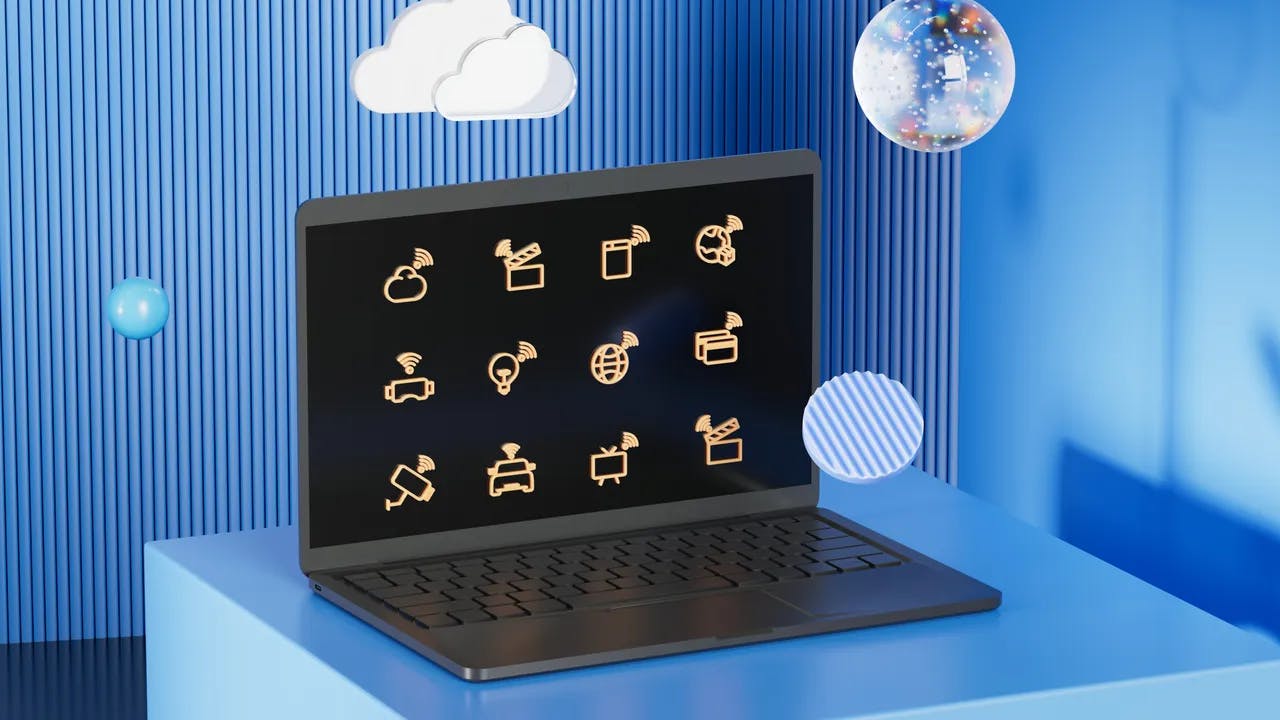The Challenges of Designing for Large Screens
In today's digital age, large screens have become increasingly popular. From high-resolution monitors to large-screen smartphones and tablets, users are demanding more screen real estate to enhance their digital experiences. However, designing for large screens comes with its own set of challenges. In this blog post, we will explore the unique obstacles that designers face when creating user interfaces for large screens and discuss strategies to overcome them.
Understanding the User Experience
Designing for large screens requires a deep understanding of the user experience. Users interact with large screens differently than they do with smaller devices. They expect a more immersive and engaging experience that takes full advantage of the available screen space. As a designer, it is crucial to consider how users will navigate through the interface, interact with content, and perform actions on a larger canvas.
Visual Hierarchy and Information Architecture
One of the main challenges of designing for large screens is establishing a clear visual hierarchy and information architecture. With more screen space, there is a temptation to fill it with content and features. However, overcrowding the interface can overwhelm users and make it difficult for them to find what they are looking for.
To address this challenge, designers should prioritize content based on its importance and relevance. They can use techniques such as size, color, and placement to guide users' attention to key elements. Additionally, designers should carefully organize information and create a logical flow to ensure that users can easily navigate through the interface.
Responsive Design and Scalability
Large screens come in various sizes and resolutions, making it essential for designers to create responsive designs that adapt to different screen sizes. Responsive design ensures that the user interface looks and functions optimally across a range of devices, from large desktop monitors to smaller tablets and smartphones.
To achieve responsive design, designers can use techniques such as fluid grids, flexible images, and media queries. These techniques allow the interface to adapt and scale seamlessly, providing users with a consistent experience regardless of the screen size they are using.
Typography and Readability
Typography plays a crucial role in designing for large screens. With more space available, designers have the opportunity to experiment with different font sizes, styles, and layouts. However, it is essential to strike a balance between creativity and readability.
When selecting fonts for large screens, designers should consider legibility and readability. Fonts should be easy to read, even at smaller sizes, and should maintain their clarity and sharpness on high-resolution displays. Additionally, designers should pay attention to line length, spacing, and contrast to ensure optimal readability.
Navigation and Interaction
Large screens offer designers more room to create innovative navigation and interaction patterns. However, it is important to strike a balance between creativity and usability. Users should be able to navigate through the interface intuitively and perform actions effortlessly.
When designing navigation for large screens, designers should consider the user's natural eye movement and hand placement. Placing navigation elements within easy reach and using familiar patterns can enhance the user experience. Additionally, designers should ensure that interactive elements are large enough to be easily tapped or clicked on touch-enabled devices.
Performance Optimization
Designing for large screens often involves handling a significant amount of content and media. This can impact the performance of the interface, leading to slow loading times and a poor user experience. To overcome this challenge, designers should prioritize performance optimization.
Optimizing performance involves techniques such as compressing images, minifying code, and reducing the number of HTTP requests. Additionally, designers should consider lazy loading techniques to load content as users scroll, reducing the initial load time. By optimizing performance, designers can ensure that the interface remains fast and responsive, regardless of the screen size.
Conclusion
Designing for large screens presents unique challenges that require careful consideration and planning. By understanding the user experience, establishing a clear visual hierarchy, creating responsive designs, prioritizing readability, optimizing navigation and interaction, and focusing on performance, designers can overcome these challenges and create engaging and user-friendly interfaces for large screens.
Remember, the key is to strike a balance between creativity and usability. By keeping the user at the center of the design process and continuously testing and iterating, designers can create interfaces that make the most of the available screen space and provide users with a seamless and enjoyable experience.
